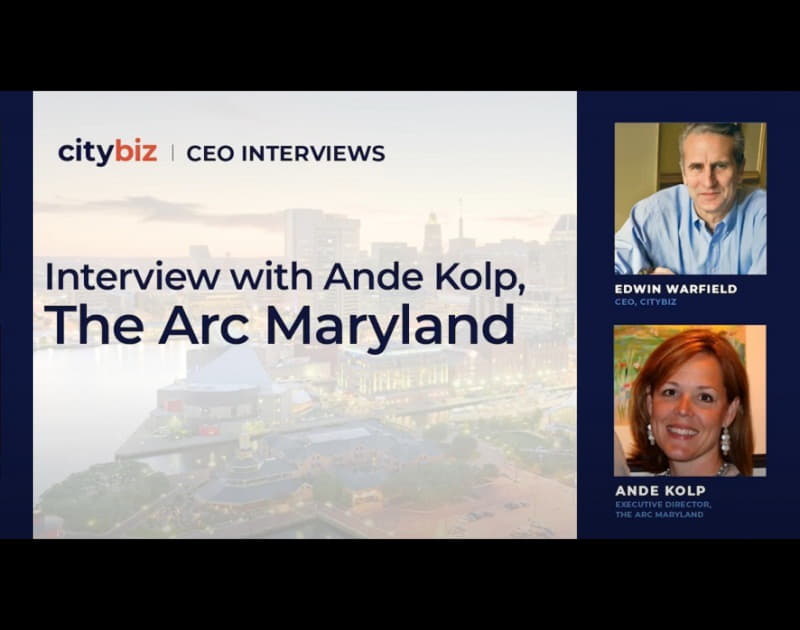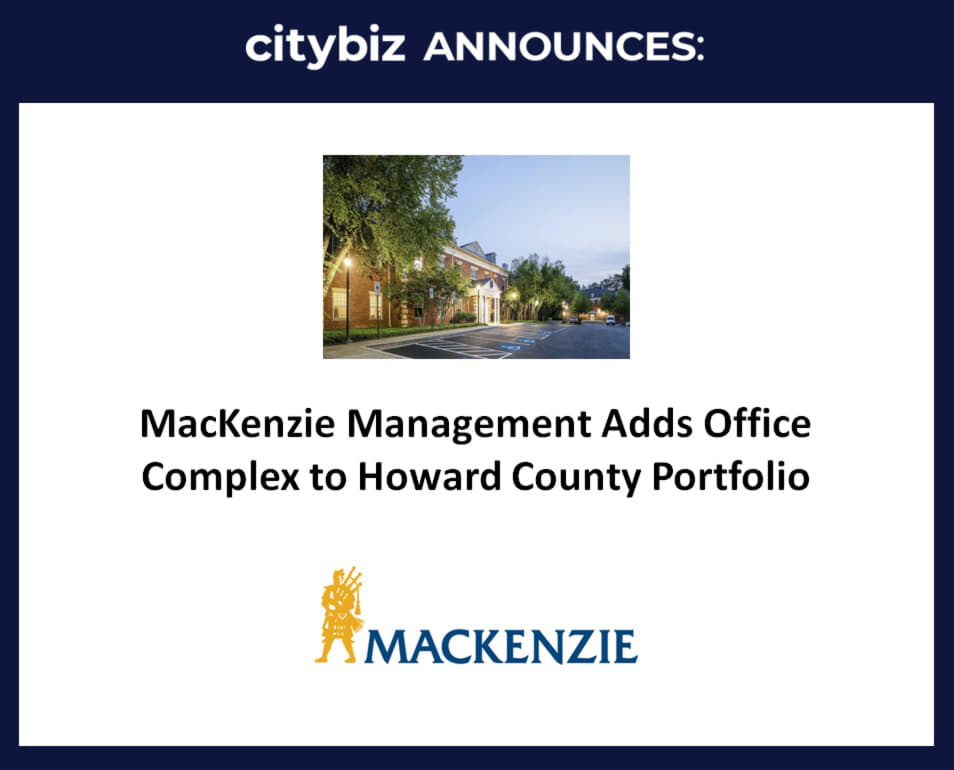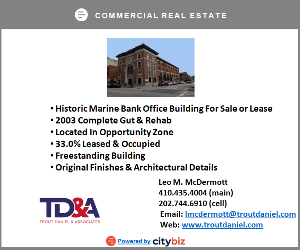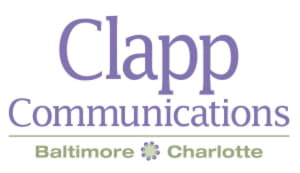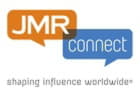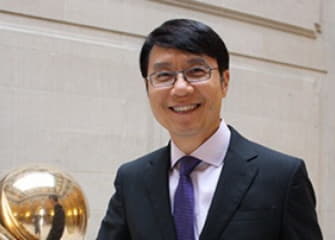
Samuel Hoi
Click here for Part II & Part III
Though he says it was a matter of happenstance that he stumbled upon arts college management while studying illustration at Parsons School of Design, MICA President Samuel Hoi admits it was the “bliss” he’d been looking for after an unfulfilling law school experience.
Since arriving at MICA in 2014, Hoi has been intent on building upon the legacy of his predecessor Fred Lazarus, with a focus on pivoting the College into new areas of art and design that will meet the challenges and standards of the emerging creative economy.
Among those initiatives, Hoi has overseen MICA’s curricular expansion into new programs such as Game Design and Product Design. Both B.F.A. programs launched this September, and will be housed, along with Architectural Design and Interactive Arts, in the new state-of-the-art Dolphin Design Center, a building that Hoi believes will be a hub of innovative design practice for the 21st century.
“MICA’s mission is to empower our students to forge creative, purposeful lives and careers in a diverse and changing world. We believe that creatives can and should play an active role in being change agents in the world for the common good,” said Hoi.
But, MICA’s goals are not limited to its own success. The recently announced Baltimore Creatives Acceleration Network (B/CAN) is an initiative spearheaded by MICA to provide a network of support and professional resources for Baltimore’s community of creatives and entrepreneurs interested in starting their own businesses.
“We want to stimulate the creative economy in Baltimore in such a way that the city is for the better, and that it’s not only pervasive and powerful but truly equitable at the same time.”
As MICA closes in on its bicentennial in 2026, Hoi is committed to the College’s decision to further incorporate entrepreneurship into its teachings, and to reinvent the art and design school model in a way that students will not only benefit but thrive in the creative economy.
“At MICA, we are educating a new breed of wide-angle, wide-impact artists and designers, who will use their art and design thinking to make a much broader impact in a whole host of other disciplines and areas than just the traditional arenas of galleries and design studios,” said Hoi.
Founded in 1826, Maryland Institute College of Art (MICA) is the oldest continuously degree-granting college of art and design in the nation. The College enrolls over 3,000 undergraduate, graduate and continuing studies students from 49 states and 65 countries in fine arts, design, electronic media, art education, liberal arts, and professional studies degree and non-credit programs. With art and design programs ranked in the top ten by U.S. News and World Report, MICA is pioneering interdisciplinary approaches to innovation, research, and community and social engagement. Alumni and programming reach around the globe, even as MICA remains a cultural cornerstone in the Baltimore/Washington region, hosting hundreds of exhibitions and events annually by students, faculty and other established artists.
EDWIN WARFIELD: Tell us about involvement in the arts and your history—your career.
SAMUEL HOI: Sure. It certainly was a circuitous path even though I was exposed to beautiful objects—very well made—because my father’s business was very high quality, traditional Chinese furniture. My family background was such that I never thought art and design would be a viable career pathway. I would say I really came into the arts through a process of self-discovery via an early life crisis, and then I stumbled into art education and art college management along the way by accident. The early life crisis was that I followed the traditional educational pathway, always enjoying the intellectual pursuit, until I went to law school. That was a very pragmatic choice that just did not answer to my internal purpose and passion. During law school I really had to examine what life would be for, what would bring me satisfaction.
As I considered the pragmatic choice of law studies, and it did not work out, then it gave me the courage to reexamine what might be my passion, what would be my pursuit. When I looked back in my life, I realized that lifelong I had always taken art classes, was rather good at it, and that it actually always brought me joy, so I decided to really take a leap of faith and apply to art school. I finished my bar exam, very luckily passed it with the first exam, and then I went to Parsons School of Design. And then, at Parsons, in order not to pay tuition again, since I was already in debt for law school, I negotiated to work for them in exchange for tuition. That’s how I stumbled upon art college management, because I didn’t enter that as a career choice; I entered that in exchange for free studies. I worked full time and studied full time at the same time. And then when I graduated, they liked me enough to retain me and that began to launch my art administration work life.
Q. So, after Parsons was the Corcoran?
A. Yeah, I was very lucky. I started at Parsons—New York City—and then in order to keep me at Parsons, because I was ready to launch a freelance career as an illustrator, they offered me a job I couldn’t resist, which was to go to Paris to run a tiny little branch campus. I was very young at that time and I thought, “Well, I could wait a few years.” So, I went to Paris and really enjoyed being the director of an independent program so much that I decided that could be a lifelong pathway. That really launched me into a permanent pursuit of art college education management.
From there, I was recruited to join the Corcoran College of Art and Design in Washington, DC. And from there, I was recruited to join, after nine years there, I went to Los Angeles and became the president of Otis College of Art and Design and stayed there for 14 years before being convinced to join the search at MICA.
My community engagement work really started at the Corcoran. At that time, the Corcoran, really after the Mapplethorpe scandal, I was recruited to be one of the team to rebuild the museum and the college. Because of my personal interest, inadvertently I was kind of given the community ambassador role. I went out and basically shook hands with everyone, and figured out how the museum and college could be more relevant in the city. Through that, I discovered that one of the most relevant, impactful roles would be working with the underserved youth of the city. Then, I also launched the first regional biennial of regional artists’ contemporary artwork. With that, I got a taste and then got trained on how to do things right, and learned from the lessons I didn’t quite do correctly in these community efforts.
When I went to Los Angeles, at Otis, I would say my community engagement work became a little bit more mature in its perspective and also in its approach. Rather than thinking more institutionally how one could help others, it became more of a philosophy of how the college and what we do need to synergize with the context of the city and figure out a way for both the college and our community members to be broadly engaging and impactful. It ended up being multifaceted in terms of the community engagement from working authentically and equitably with community partners, so that it became part of the education of how students and faculty would work hand-in-hand with city agencies, neighborhood members, and corporations in real-life projects to thinking about, aside from social impact, how an art and design college could actually make the larger economic argument, which led to the launch of the Otis Report on the Creative Economy of the Los Angeles Region, which ultimately became quite influential. The California Arts Commission actually came to us to commission us to do a statewide report in addition to the regional report. That’s how it all came about.
Sponsored by:
Founded in 1969, KatzAbosch is one of the largest CPA and business consulting services in the Mid-Atlantic region. Our mission is to provide the highest quality accounting, tax, financial and management consulting services to our clients. We understand the needs and challenges of our clients and we have made it our obligation to create, grow and protect asset value. The experts at KatzAbosch offer a full service solution while maintaining a tradition of ethics and incorporating the latest technology and unique business practices. Excellence in an industry often begins with how those closest to the company—its clients and employees—feel about it. For these individuals, KatzAbosch is a place where people and businesses excel and prosper. Our advisors can meet all of your service needs including; Audit & Accounting, Business Valuation & Litigation Support, Consulting, Estate Planning & Administration, Financial Institution Services, Forensic Accounting & Fraud Examinations, State and Local Tax (SALT), Taxes & Planning.


Edwin Warfield, CEO of citybizlist, conducts the CEO Interviews.
If you're interested in reaching CEOs, please contact edwin.warfield@citybuzz.co
Connect on LinkedIn



